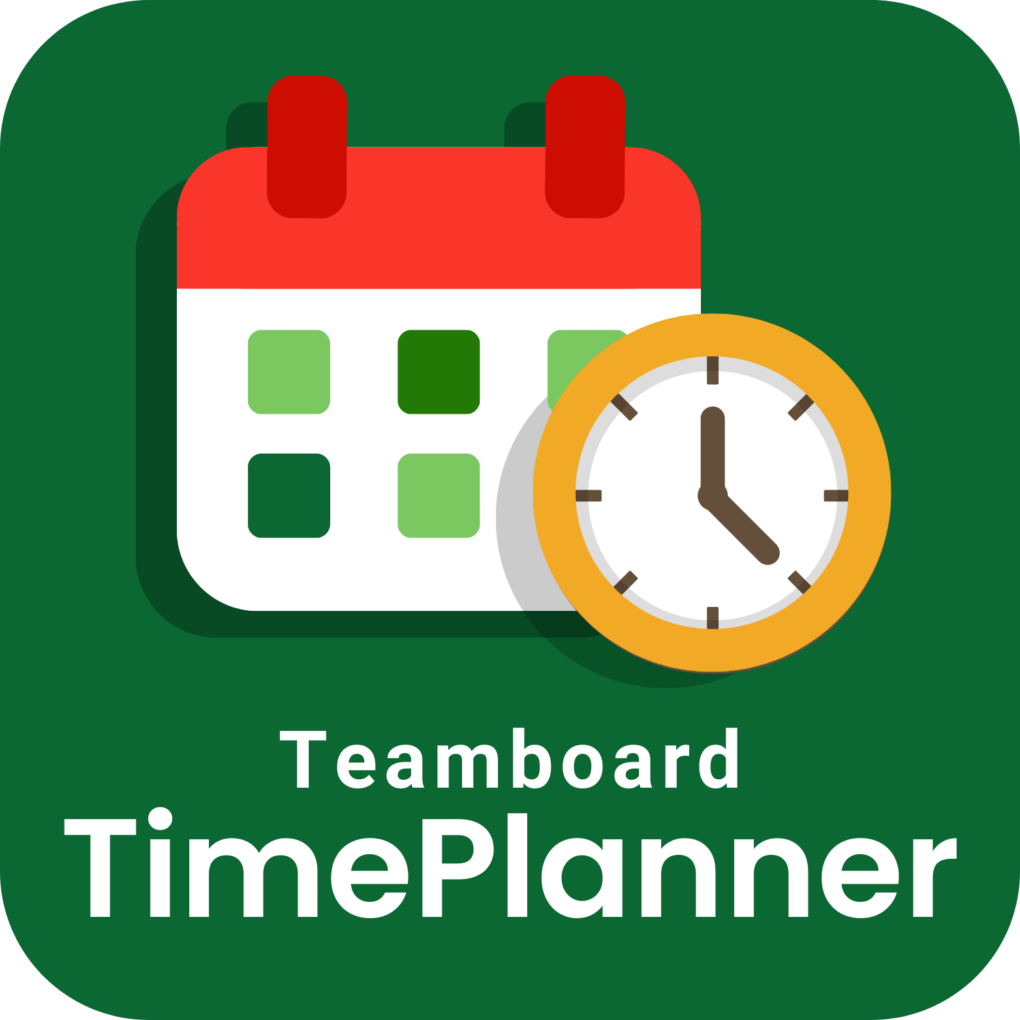If you are planning to use Planning Poker as an Agile estimation technique, you most likely prioritize simplicity and efficiency within your product development and management. Planning Poker is one of the most straightforward ways to estimate time or effort for particular tasks. However, that doesn’t necessarily mean you will not encounter any challenges when implementing this method. Whether you are seeking to optimize your Planning Poker game or avoid potential problems, follow along with this guide to learn the top 10 tips.
1 ) Know Your Objectives
Even if you are an experienced Product Owner or Product Manager, it can be easy to stray from objectives. However, to ensure successful rounds and obtain as precise estimations as possible, it is important to remind yourself and your team members why you are playing:
- To determine the scope of the work
- To measure tasks through effort, difficulty, complexity, risk, or length of time
- To encourage collaborative discussion regarding work
2) Maintain Measures
Management needs to choose between two popular types of measuring: time estimation or story point estimation. Although time estimation is a fairly common way of estimating tasks, most Agile teams prefer to use story points. No matter which you choose, it is important to maintain consistency with the measure and ensure your team members are as well.
This may be more of an issue when you are using story points, as it is second nature to attempt to think of work-related tasks in terms of time. However, if you are using story points, you should take care not to conflate the two. Agile story points are meant to be flexible, and as such, should remain unit-less. Rather, they should only be used to compare difficulty, complexity, and risk.
3) Encourage Individual Voices
One of the advantages of Agile estimation is that there is always room for individuals to ask questions, clarify statements, or ask for more information. Likewise, there is space within each round for the team to discuss the task and work at hand openly. At this point in the game, individuals should be welcomed to voice different opinions as in some cases, their understanding may be the most accurate or they may clear up something everyone is fuzzy on.
4) Avoid Groupthink
In the same vein, it is critical that Product Owners or Product Managers are aware of the signs of groupthink and put a halt to it if it occurs. Groupthink happens when individuals passively agree with the strongest opinions in the group, rather than engaging in conflict or dealing with confrontation. This can happen very easily in group discussions and voting, especially when groups must reach a consensus, as people may not understand they have to actively reach an agreement. Some signs that groupthink is occurring and you must intervene include:
- Individuals not speaking or contributing to discussions
- Speaking individuals display inability to be wrong
- No questioning of the popular opinion
- No regard for alternative, rational opinions
- Passive compliance without further discussion
5) Play With Small Numbers
You may already know that it is advantageous to play with sequences, rather than large groups of numbers. Sequences are easier because they allow for more efficient voting and faster consensus. For instance, you may have a sequence such as: 1, 2, 4, 8, 16, 32, etc. If you are working with story points, you may find it easier to play with a smaller set of numbers such as 1-13. If the task or story exceeds the limits of this small set, you may consider that that task needs to be broken down even further in order to be manageable for the team altogether.
6) Provide Breaks
At a certain point in Poker Planning, you may start to see individuals passively engage, discuss, or vote. Of course, this may be due to groupthink or it may be due to fatigue. While Planning Poker is a more fun way of carrying out significantly helpful work, it can still be long and boring. Provide breaks when possible, simply so individuals can refresh themselves and engage properly in the process.
7) Invite the Right People
Many management roles reduce the number of people involved in Planning Poker to streamline the process. Naturally, this may be more prevalent in very large development teams. If you do perform Planning Poker in this way, be sure not to only invite experienced team members or team leaders. You may believe that this will provide you with more accurate estimates, however, it only creates further inaccurate results. You will actually miss out on key information brought forward by members who were excluded. A better method may be to randomly select members from the team or use Planning Poker programs that can efficiently involve the whole team (better option). Apps like Agile Scrum Planning Poker for Jira can accommodate large teams as well as small teams easily.
8) Don’t Vote
Product managers, product owners, and key stakeholders should not be allowed to vote. Although they may contribute to the work in some way, they are typically not developing the core components of the product itself. Furthermore, they are usually motivated to make sure the project is completed by a certain date. In this way, they can subconsciously skew the estimate to be inaccurate. Likewise, they have authority/power over team members. As such, they can contribute to group discussions in a manipulative way without even meaning to. Accordingly, they should only oversee the discussions and voting to make sure they are going smoothly and properly. Of course, they can weigh in if they think that estimates are too small, and suggest team sizes increase the estimate. Yet, they should never do so in the opposite direction.
9) Avoid Point Value Creep
Point value creep is a strange phenomena that occurs as time goes on in Planning Poker; estimates will grow larger over time while maintaining the same scope of work. For instance, a story that was once a 6 point story will become an 8 point story. To avoid this, you can occasionally go back and match current stories with older stories, looking to see if there is value agreement.
10) Limit Discussions
While you do want to encourage proper discussion, they can often go too long if they are unmoderated. Set appropriate limits for discussion-periods especially if you are entering into 2 or 3 rounds of Planning Poker on the same story or tasks.
Moving Forward with Scrum Planning Poker
As with anything new, it takes time and practice to get the hang of Planning Poker. If you implement these 10 tips into your process, you and your team are sure to benefit in advantageous ways.









